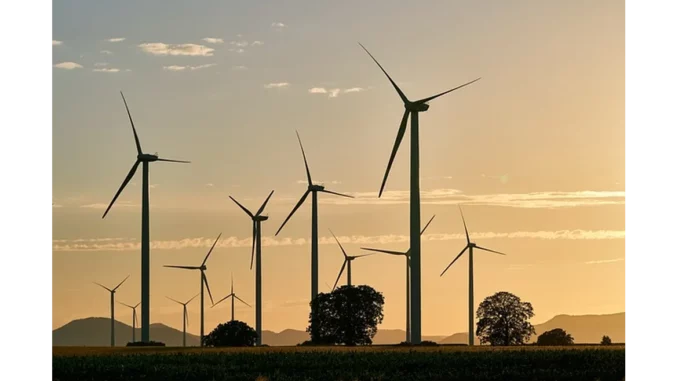
Summary
Xcel Energy’s Strategic Transition: Balancing Economic and Climate Goals in Colorado
Xcel Energy is poised to close the Comanche 3 coal-fired power plant by 2031, marking a pivotal shift towards renewable energy in Pueblo, Colorado. This transition not only addresses the state’s ambitious climate targets but also proposes economic revitalisation for a community historically reliant on coal. Key initiatives include maintaining property tax contributions until 2040, investing in renewable infrastructure, and exploring innovative energy storage solutions.
Main Article
In the heart of Pueblo, Colorado, Xcel Energy is orchestrating a transformative shift in its energy strategy, with plans to retire its Comanche 3 coal-fired power plant by 2031. This move is central to Xcel’s Pueblo Just Transition electric resource plan, which aims to reconcile the economic concerns of a coal-dependent community with the state’s robust climate action objectives.
Economic Transition and Community Assurance
Rebecca Martinez, a seasoned environmental policy analyst, emphasises the importance of this transition. “Xcel’s plan is a significant pivot,” she noted, underscoring the delicate balance required to align Pueblo’s economic needs with the ambitious climate targets set by Colorado. As part of its commitment, Xcel has pledged to continue paying property taxes until 2040, offering a financial cushion for Pueblo as it navigates this economic transition.
The closure of Comanche 3 symbolises the end of an era for coal in Colorado. However, it also opens the door to new opportunities. “Pueblo’s community is understandably apprehensive,” Martinez explained, highlighting the local reliance on coal. Yet, she remains optimistic that new developments, particularly in renewable energy, could redefine the region’s economic landscape.
Renewable Energy and Technological Innovation
As Xcel moves away from coal, the focus shifts towards integrating renewable energy sources. “The decline in prices for wind and solar, along with advances in battery storage, is a game-changer,” Martinez enthused. Xcel’s vision includes constructing a 560-mile transmission line across eastern Colorado to tap into Baca County’s wind resources, a move Martinez describes as “crucial for integrating renewable resources into a reliable grid.”
The development of advanced battery technologies is also pivotal, with Xcel exploring options beyond lithium-ion. “Pueblo might soon see iron-air technology,” Martinez speculated, “which could provide 100-hour storage and ensure power reliability even on windless days.”
Exploring Future Energy Solutions
In anticipation of a growing population—projected to reach 7.8 million by 2040—and increased electricity demand from electric vehicles and heating electrification, Xcel is investigating future energy solutions. These include innovative technologies such as green hydrogen and pumped-storage hydro, which could stabilise the grid and offer sustainable energy alternatives. “These technologies are promising,” Martinez commented, “but they come with challenges, particularly regarding cost.”
While nuclear power remains unlikely due to high costs and unfavourable public perception, Xcel is considering carbon capture for natural gas plants, leveraging Pueblo’s geologic suitability for storing emissions. “This could be an interim solution until renewables fully mature,” she suggested.
Detailed Analysis
Xcel Energy’s strategic transition reflects broader trends in the U.S. energy sector, where utilities are increasingly shifting away from coal towards cleaner energy sources. This shift is driven by declining costs for renewables and growing regulatory pressures to reduce emissions. The integration of advanced battery storage and renewable energy aligns with Colorado’s ambitious goal to achieve nearly 88 percent emissions-free electricity by 2030.
The economic implications for communities like Pueblo are profound. As coal plants close, regions historically dependent on coal must navigate complex transitions. Xcel’s commitment to maintaining tax contributions through 2040 exemplifies a strategy to mitigate economic disruption while fostering new growth opportunities in renewable energy sectors.
Further Development
As Xcel Energy embarks on its post-coal journey, the unfolding narrative promises to be one of innovation and adaptation. Stakeholders will be watching closely as the utility implements its ambitious plans, with implications not only for Pueblo but potentially setting a precedent for utilities nationwide.
Readers are invited to stay engaged with this dynamic story, as further developments in technology and policy emerge. The success of Xcel’s initiatives could serve as a blueprint for other regions grappling with similar transitions, offering insights into the future of energy in a rapidly changing world.

